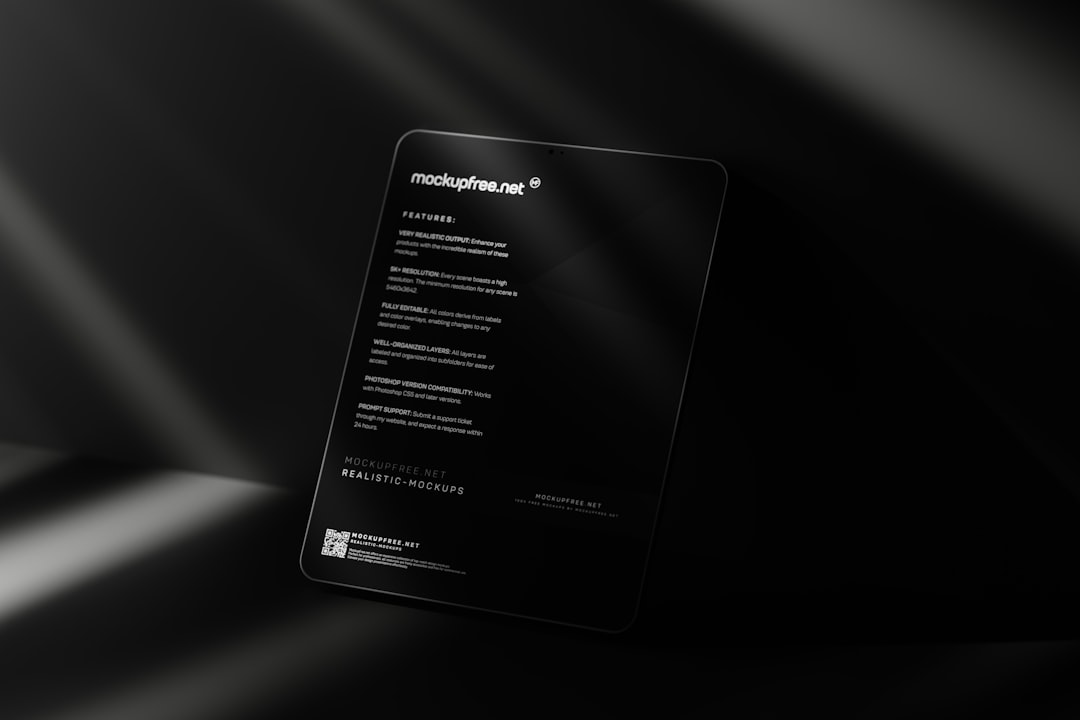Search Engine Optimization (SEO) is an ever-evolving field, and one crucial aspect that website owners need to monitor carefully is their backlink profile. Backlinks from other websites can improve your site’s authority and rankings. However, not all backlinks are beneficial. Toxic backlinks — links from spammy, irrelevant, or low-authority websites — can harm your search rankings and even lead to penalties from search engines like Google. In recent years, advancements in artificial intelligence (AI) have introduced powerful tools that can help webmasters identify and remove these harmful links more effectively than ever before.
The Growing Threat of Toxic Backlinks
Toxic backlinks are often the result of black-hat SEO tactics or negative SEO attacks from competitors. These types of links can include:
- Links from websites with low domain authority
- Links from unrelated or non-relevant content
- Links embedded in spammy content or link farms
- Paid or manipulative linking schemes
Search engines like Google use sophisticated algorithms to analyze backlink profiles, and websites with a high percentage of toxic backlinks risk ranking penalties. Therefore, timely identification and remediation are essential for maintaining SEO health.
Can AI Tools Help?
Yes, AI-powered SEO tools can play a significant role in identifying and eliminating toxic backlinks. These tools leverage machine learning and big data to assess backlink quality more efficiently and accurately than traditional manual methods.
1. Intelligent Link Analysis
AI tools can process vast quantities of backlink data and evaluate link quality using multiple criteria simultaneously, including domain authority, page relevance, anchor text usage, and website behavior patterns. This allows AI-driven solutions to flag suspicious links much faster than manual techniques.

2. Predictive Pattern Recognition
Machine learning models can identify patterns in toxic link behaviors, such as sudden spikes in backlinks from unrelated domains or repeated anchor text tactics. Over time, these models improve their accuracy, making them incredibly effective at detecting not just existing toxic links, but also new threats as they emerge.
3. Automated Monitoring and Alerts
Advanced AI tools offer real-time monitoring and alert systems that notify site owners whenever potentially harmful backlinks are detected. This proactive approach helps prevent damage before it affects search rankings.
Using AI for Link Removal and Disavowal
After identifying toxic backlinks, the next step is to remove them. AI tools can assist in this process in several ways:
- Contact Automation: AI systems can help generate and send automated requests to webmasters, asking for backlink removal.
- Disavow File Preparation: If link removals are unsuccessful, AI can compile a disavow file, listing all toxic links to be submitted to Google through the Search Console.
This streamlines what has traditionally been a manual and time-consuming process, reducing human error and expediting cleanup efforts.
Key Benefits of AI in Toxic Backlink Management
AI-driven backlink tools bring several advantages to digital marketers and SEO specialists:
- Speed: AI processes data faster than human analysts.
- Accuracy: Machine learning offers high levels of accuracy in assessing link quality.
- Scalability: AI handles large-scale backlink audits that would otherwise be overwhelming.
- Cost Efficiency: Automating backlink management reduces the need for excessive human resources.

Limitations and Considerations
While AI tools are powerful, they are not infallible. It’s essential to ensure the chosen tool uses reliable data sources and has a proven track record. Moreover, no tool should be used blindly — expert SEO oversight is still necessary to verify findings and make strategic decisions.
Additionally, AI may face challenges understanding industry-specific nuances or distinguishing between legitimate and manipulative link building in edge cases.
Conclusion: A Valuable Ally in SEO Strategy
AI tools have become indispensable in the battle against toxic backlinks. By harnessing artificial intelligence, SEO professionals can proactively protect their websites, enhance link profiles, and safeguard search engine rankings. While human expertise remains vital, integrating AI into your SEO toolkit can significantly enhance your ability to maintain a clean, authoritative backlink portfolio. As these technologies continue to evolve, their role in backlink analysis and cleanup is likely to become even more central to advanced SEO strategies.